
A woman undergoes a non-surgical consmetic treatment. "Light medical beauty" was definitely a key word in 2021 given the tremendous increase of consumers in this vertical sector. (Photo provided to China Daily)
With a rise in demand for non-surgical cosmetic procedures in China, related medical devices are embracing rapid development.
So-Young, a Nasdaq-listed Chinese medical aesthetics platform, said that the number of China's cosmetic surgery consumers surpassed 20 million by the end of last year, soaring over threefold compared to that of 2017.
In addition, non-surgical cosmetic procedure consumers continued to rise. The ratio of such consumers in China increased from 72.6 percent in 2019 to 83.1 percent in 2021.
According to market research firm Frost &Sullivan, in 2021, the growth rate of China's non-surgical cosmetic procedure sector was 26.4 percent, higher than that of surgical cosmetic procedures, which was 17.9 percent.
Consumers are becoming increasingly conscious of risk prevention. Many beauty salons have transformed into non-surgical cosmetic treatment institutions and social media is guiding consumers' change of perception, leading to the rise in non-surgical procedures, So-Young said.
"Non-surgical cosmetic treatments are gaining increasing popularity with highly explosive growth potential," said Hu Xuan, an analyst in medical devices at VBData.cn, a Chongqing-based healthcare service platform.
With advantages such as reduced trauma, quick recovery times and lowered risks, non-surgical cosmetic procedures have become wildly popular among young consumers, Hu said.
In addition, an increasing number of innovative medical device companies are emerging that have made progress in research and development and commercialization. Specifically, the rise of domestic innovative enterprises offers more high-quality products and solutions for the industry, breaking the trend of an absolute monopoly of imported brands, he said.
Related laws and regulations are gradually improving. In 2022, the National Medical Products Administration issued a list, specifying the types of medical devices that are not allowed for toll manufacturing, where one company provides raw materials to a third party, who will then provide the rest of the manufacturing.
Accordingly, related medical devices have attracted attention from the capital market. Data from VBData.cn showed that in 2022, more than 50 venture capital or private equity institutions invested in non-surgical cosmetic devices.
Non-surgical cosmetic devices apply laser, radio frequency, ultrasound and other energy forms to solve problems at different layers of the skin.
"China started relatively late in the sector and the current market is mainly dominated by foreign brands, such as Cynosure, Candela, Alma, Lumenis and Fotona.
"Taking advantage of an early entrance, technical edge and industry experience, foreign brands took over 60 percent of China's medium to high-end market, including public hospitals and major medical aesthetics chain stores," Hu said.
According to VBData.cn, in terms of laser cosmetic devices, a subcategory of the non-surgical sector, domestic enterprises are making efforts to catch up, and they are about to break the import monopoly and realize domestic substitution in the high-end market.
"Currently, manufacturers of some devices, such as carbon dioxide aesthetic devices, have reached international standards and have produced many high-quality devices. However, for some newly emerged technologies, such as the picosecond laser, there are relatively high technical barriers, so the subcategory is mainly dominated by foreign brands," Hu said.
With the government launching favorable policies and domestic enterprises ramping up R&D, they are gradually gaining a foothold in other subcategories, industry experts said.
Huang Tao, an independent expert in public relations based in Xi'an, Shaanxi province, said: "In recent years, the number of China's non-surgical cosmetic procedure consumers is constantly rising. Some public hospitals have opened cosmetic surgery departments and some universities have launched related majors. Specifically, the non-surgical cosmetic treatment sector contains great growth potential.
"To realize high-quality development, domestic enterprises should guarantee product quality. They should also do a good job in the whole-process management, management and promotion of personnel, qualifications and products. In addition, they should improve the quality of service and the overall image of the industry.
"More laws and regulations are expected to come out to further guide the development of the industry."















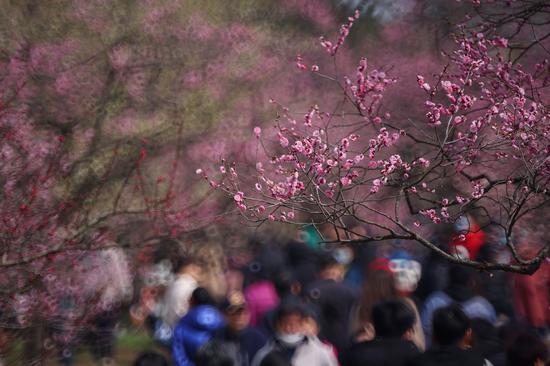


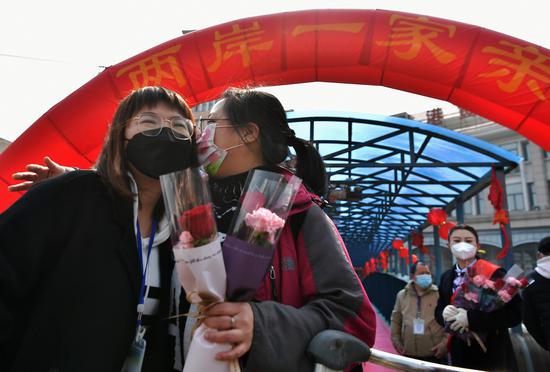













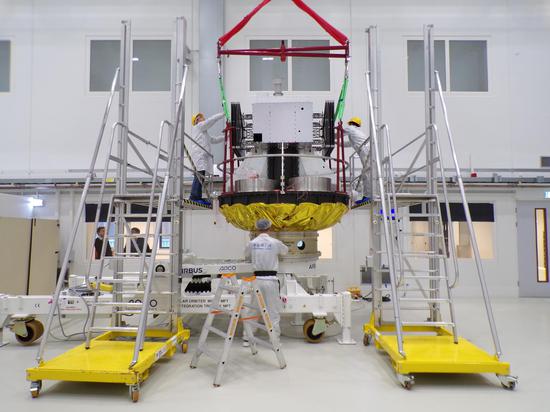
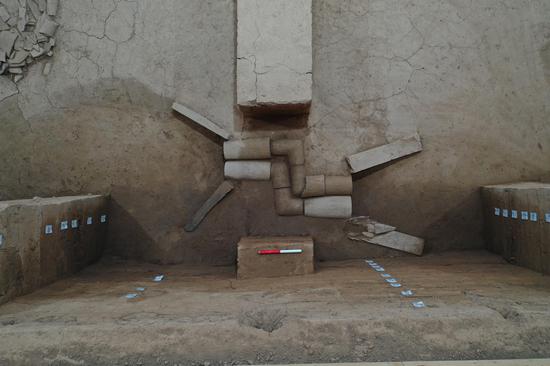

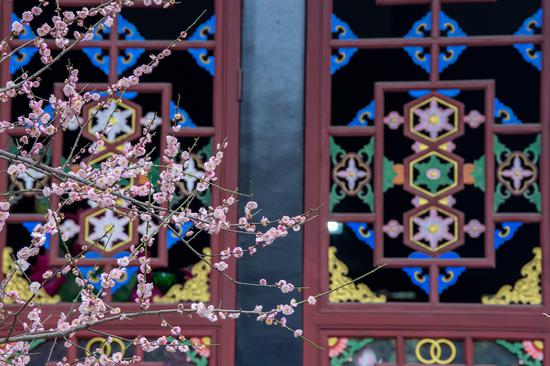

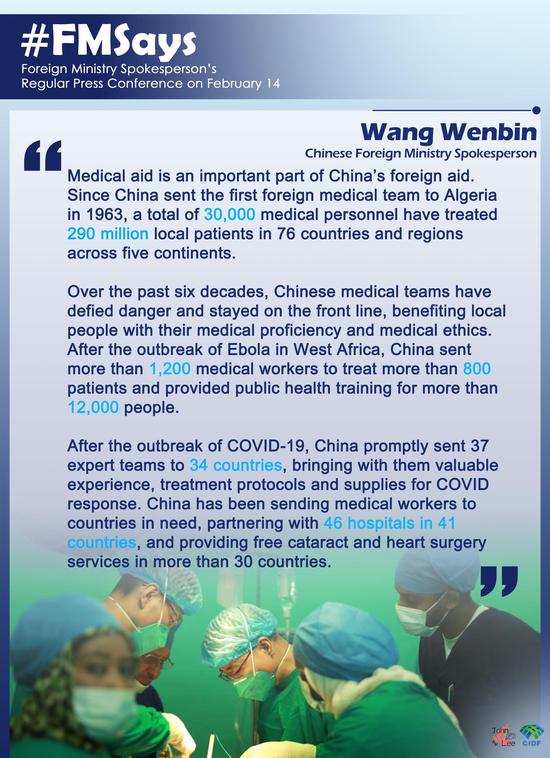
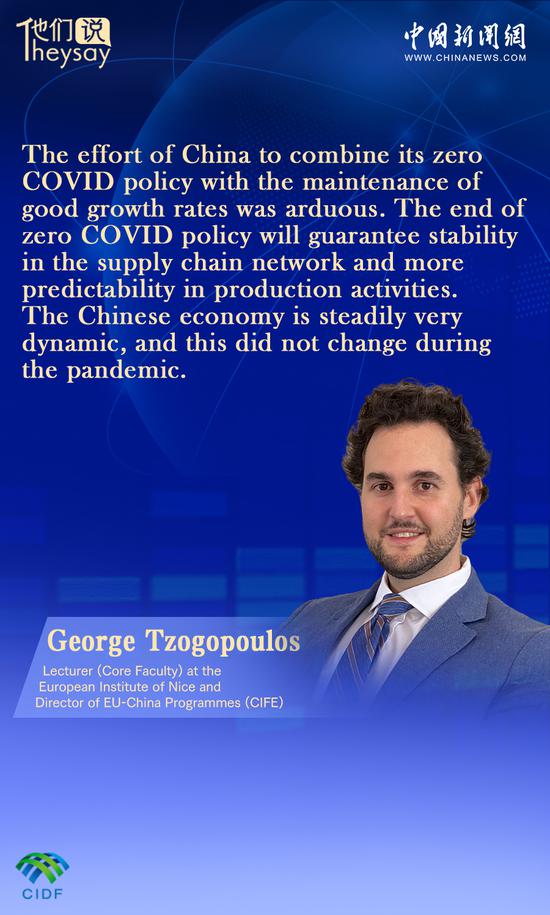
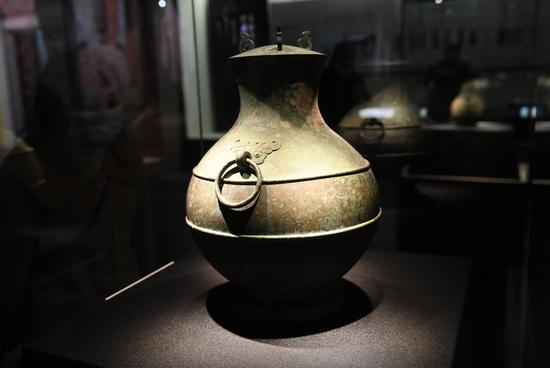










 京公網安備 11010202009201號
京公網安備 11010202009201號